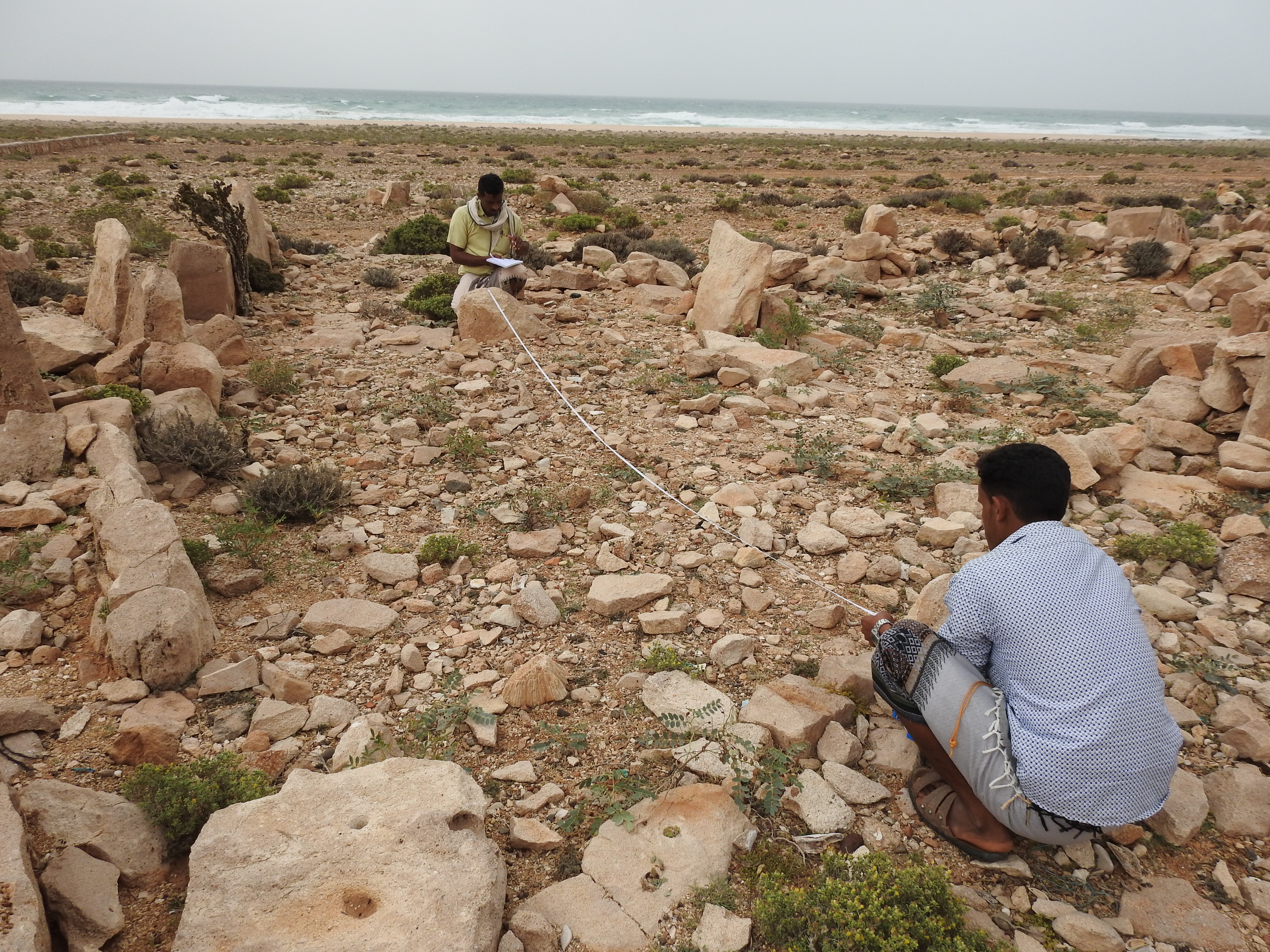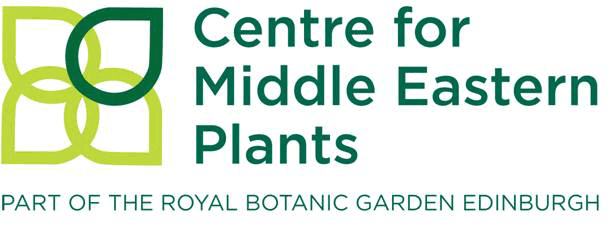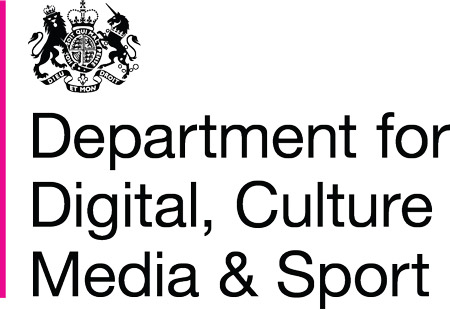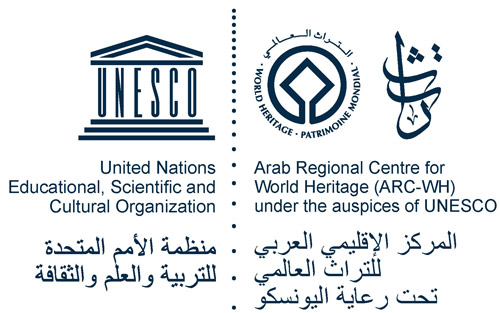There are many different definitions of what tangible cultural heritage is. Here, we refer to tangible heritage as including sites – buildings, monuments, historic places – as well as artefacts and objects that represent the history, archaeology and culture of a particular area. They are things that can be “touched”.
Historically, there have been several archaeological excursions to the Soqotra Archipelago, but these were more or less all undertaken by international scientists and have never been systematically brought together into a resource that can be used for conservation and research. The first goal of the Soqotra Heritage Project has been to identify a small team of enthusiastic and committed individuals from Soqotra who can gather and assess information about the tangible heritage of Soqotra and increase knowledge about the different types and locations of sites on Soqotra. It is also considered important to be able to assess the condition of these sites – are they in good condition, have they been damaged or looted, are they under threat from development or destruction?
The team have spent many days in the field using a range of techniques to identify, document and assess tangible heritage sites: more than 400 have been documented during the course of the first phase of the project. There are still many areas and many sites on Soqotra that have not been located, visited or documented – much remains to be done.
To date, the team have recorded many settlements and associated features, graveyards and caves, rock art sites, forts and religious locations. They have completed a full survey of outlying islands of Samha and Darsa – known as ”The Brothers”.









